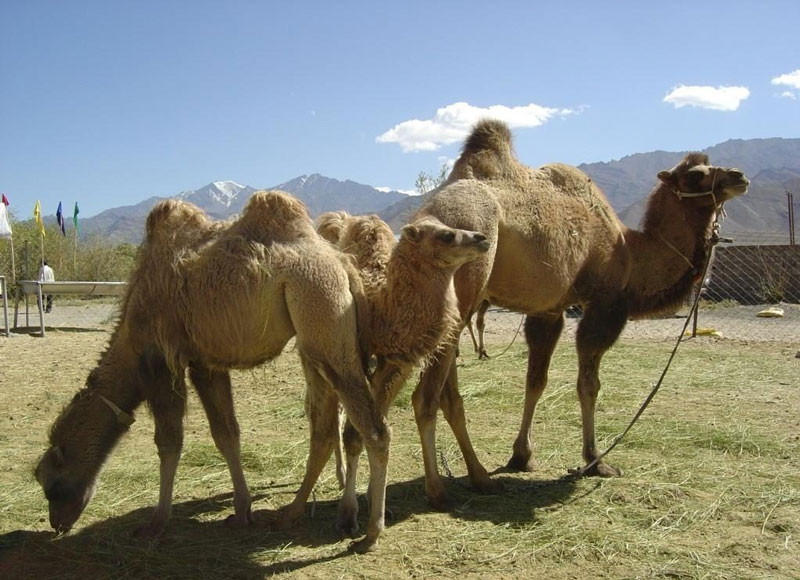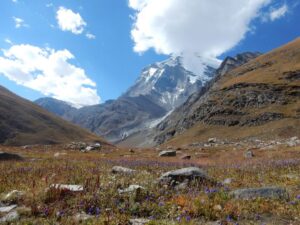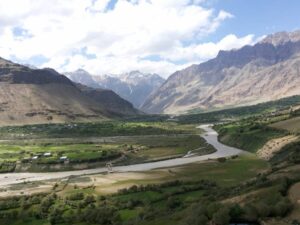
Kashmir tribes report by Kashmir correspondent
Majority of the population Ladakh is nomadic, whose nature, culture and lifestyle are influenced by Tibet and Nepal. Most of the people in the eastern part are Buddhists

Ladakh ( Tibetan script : ; “Land of the Passes”) is a union territory of India , between the Karakoram Mountains in the north and the Himalaya Mountains in the south . It is one of the sparsely populated parts of India. India also considers Gilgit Baltistan and Aksai Chin as part of it, which are currently under illegal occupation of Pakistan and China respectively. It is bounded by the Tibet Autonomous Region to the east, the Indian state of Himachal Pradesh to the south, the Indian-administered Union Territory of Jammu and Kashmir, and Pakistan-administered Gilgit-Baltistan to the west and southeast corner. Karakoram Pass in the Far NorthBut Xinjiang . It extends from the Siachen Glacier in the Karakoram Range in the north to the main Great Himalayas in the south. eastern end, which includes the uninhabited Aksai Chin plain, is claimed by the Indian government as part of Ladakh, and has been under Chinese control since 1962. August 2019, the Parliament of India passed the Jammu and Kashmir Reorganization Act, 2019 by which Ladakh became a union territory on 31 October 2019. Ladakh is the largest union territory of India in area. Ladakh is the least populated union territory.

Under the Union Territory of Ladakh, the area of Pakistan Occupied Gilgit Baltistan, Chinese Occupied Aksai Chin and Shaksgam Valley is also included. Apart from this, in 1963, the Shaksgam Valley area of 5180 square kilometers was gifted to China by Pakistan, which is part of Ladakh. It is bordered by China in the north and Tibet in the east . It is of great importance from the strategic point of view due to its border position. Ladakh comes in the mountain range of the north-western Himalayas , where most of the land is uncultivable. The climate here is very dry and harsh. The annual rainfall is 3.2 inches and the annual mean temperature is 5 °C. Is. Rivers flow only a few times a day, the rest of the time the snow freezes. Indusis the main river. The capital and major city of the Union Territory of Ladakh is Leh , to the north of which lies the Karakoram Mountains and Pass. Majority of the population is nomadic, whose nature, culture and lifestyle are influenced by Tibet and Nepal . Most of the people in the eastern part are Buddhists and in the western part most of the people are Muslims. It is the largest religious institution of Buddhists.
Fauna and flora : Due to being dry this area is devoid of vegetation. Here grass and small bushes are found somewhere for the animals to walk. Sarpat willow and poplar groves can be seen in the valley. Trees like apple, apricot and walnut flourish in summer. Various species of birds are seen in Ladakh, among which Robin, Red Start Tibetan Snowcock, Raven are the common birds found here.
Animals of Ladakh include wild goats , wild sheep and yaks. Special types of dogs are reared. These animals are reared to get milk and meat.



